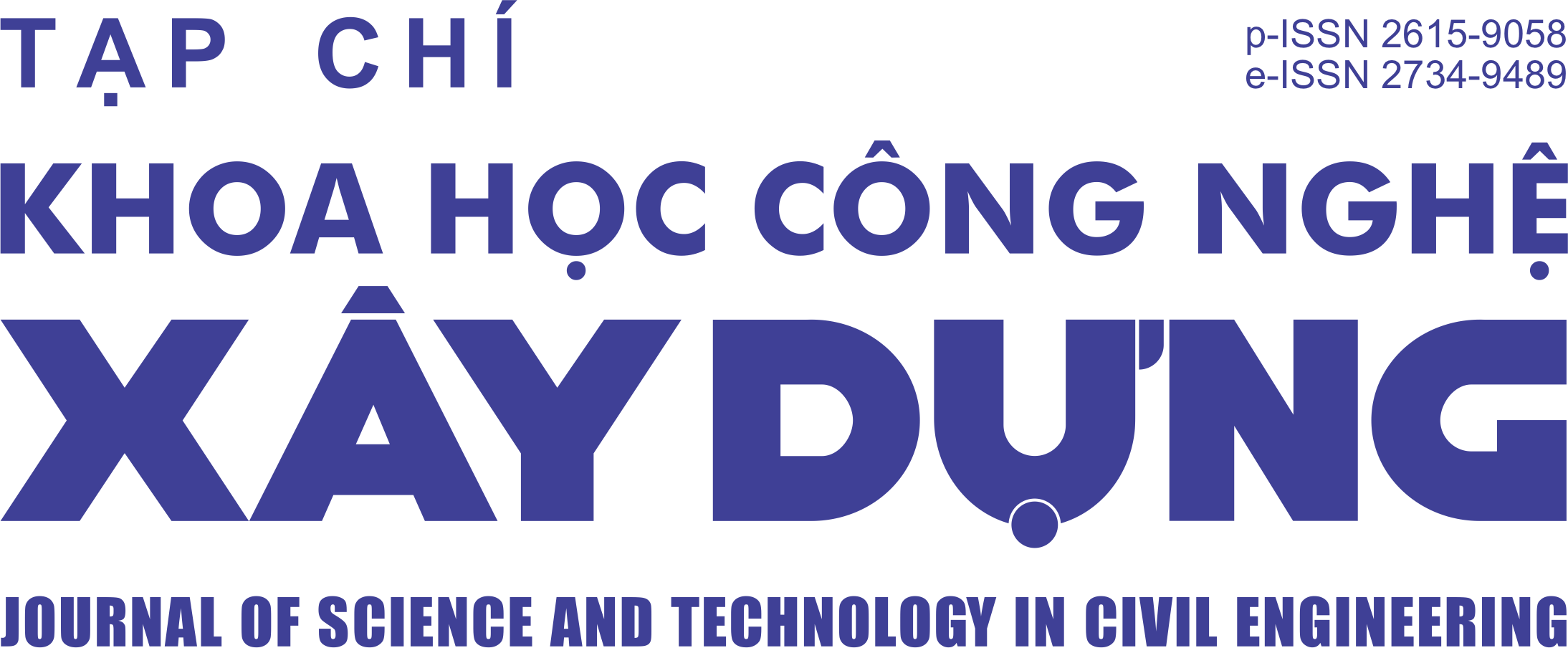DISCHARGE CALIBRATION METHODS FOR VERTICAL GATED SPILLWAY
Abstract
Discharge estimation accuracy is very important in design, operation of hydropower or irrigation project. To calculate the discharge capacity of the gated spillway, we can use the theoretical, empirical, or semi-empirical formulas. All of these equations depend on the geometry of spillway, the gate opening and the total head of the spillway. The accuracy of these equations also depends on the actual and limited conditions in each particular case. In this study, some discharge equations will be introduced and compared to data from an experimental hydraulic model of flow through the vertical gated spillway that is designed by Waterways Experiment Station (WES) shape. It indicates that the relative error of these equations was large because of the different selection of discharge coefficient in each equation. To improve the accuracy of discharge capacity, alternatively, a new formula to calculate the discharge coefficient is obtained in this field, which based on nonlinear multiple regression and ordinary least square method of recorded data. It shows that this equation agrees well with the experimental observations in given experiment conditions.
Keywords: Gated spillway; discharge equation; discharge coefficient; experimental hydraulic; multiple regression.
Received: August 16th, 2016, revised: August 29th, 2016, accepted: October 13th, 2016
Downloads
1. The Author assigns all copyright in and to the article (the Work) to the Journal of Science and Technology in Civil Engineering (JSTCE) – Hanoi University of Civil Engineering (HUCE), including the right to publish, republish, transmit, sell and distribute the Work in whole or in part in electronic and print editions of the Journal, in all media of expression now known or later developed.
2. By this assignment of copyright to the JSTCE, reproduction, posting, transmission, distribution or other use of the Work in whole or in part in any medium by the Author requires a full citation to the Journal, suitable in form and content as follows: title of article, authors’ names, journal title, volume, issue, year, copyright owner as specified in the Journal, DOI number. Links to the final article published on the website of the Journal are encouraged.
3. The Author and the company/employer agree that any and all copies of the final published version of the Work or any part thereof distributed or posted by them in print or electronic format as permitted herein will include the notice of copyright as stipulated in the Journal and a full citation to the Journal as published on the website.







